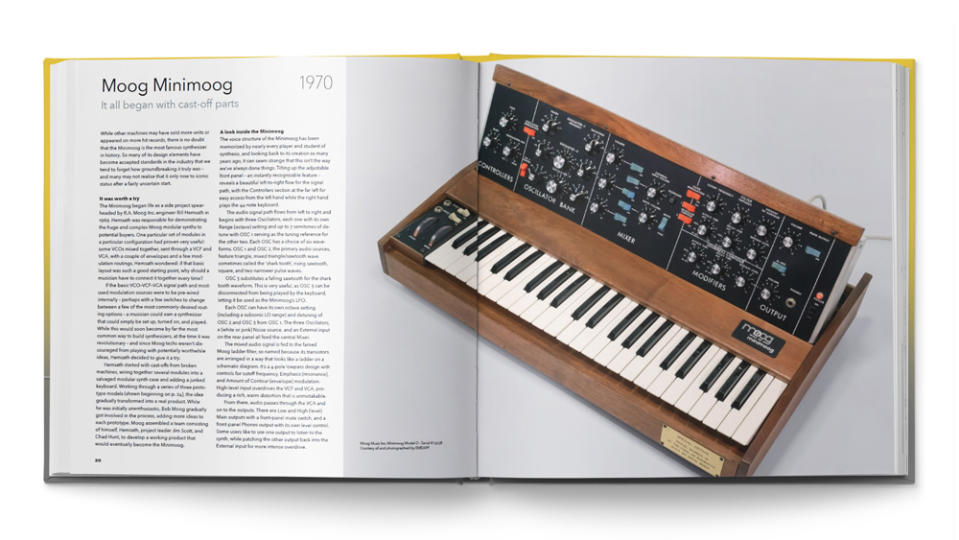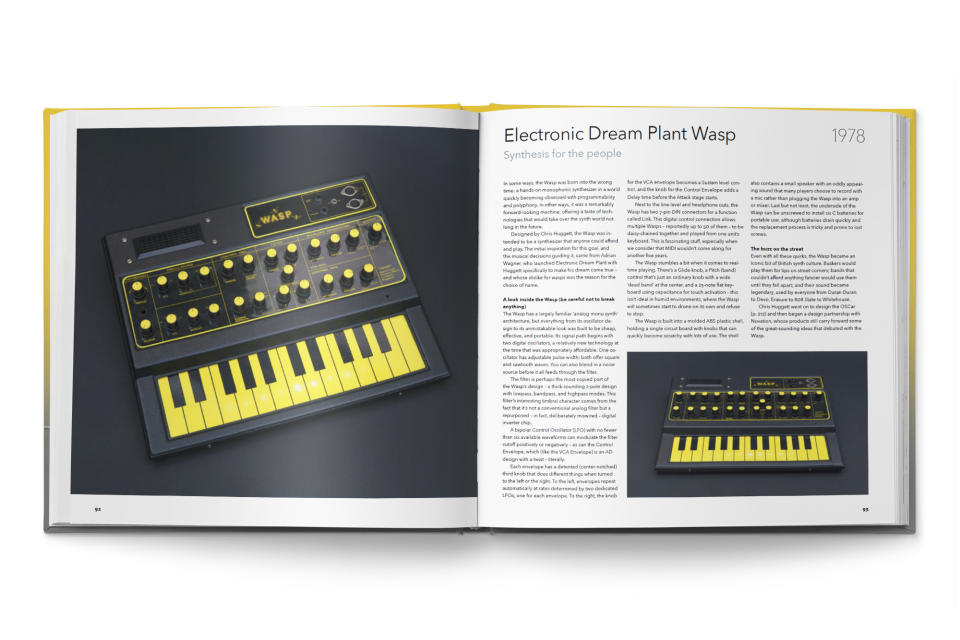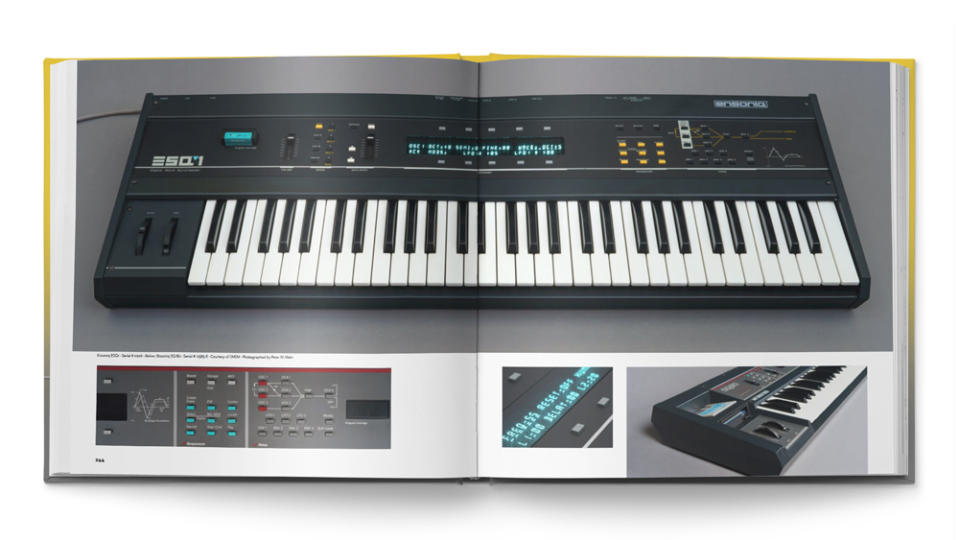Everything You Wanted to Know About the World of Collectible Classic Synthesizers

The “modern” music synthesizer began with the invention of RCA engineers Harry Olson and Herbert Belar in 1952, but it was Robert “Bob” Arthur Moog whose first commercially viable electronic music synthesizer debuted in 1964. We’ve even featured a couple of current Moog products in our Gear section, most recently the re-released Minimoog Model D, which changed the industry when the original was introduced in 1970. With it, “ordinary” keyboard artists—not computer engineers—could make music with Moog’s newfangled contraption. “And the rest,” as they say, “is history,” with hundreds of models from as many manufacturers coming to market since.

If the public first became aware of what a synthesizer could do, it was likely with Walter Carlos’ Switched-On Bach, a 1968 LP released by Columbia that really changed the classical music landscape, ushering in a new kind of sound. As time has a habit of turning the first iterations of innovative products into collectibles, early synthesizers have become desirable objects in and of themselves, just like early computers (the first Macintosh Apple-1 brought about $460,000 at auction in 2022). Now, enthusiasts have a volume dedicated to the most interesting and influential synthesizers of the 20th century—and one that does justice to the subject. The $75 book Synth Gems 1—Exploring Vintage Synthesizers by Michael P. Metlay, and published by Bjooks, is as much a scholarly dive into a complex topic as it is a visual feast for musical and technical neophytes.
More from Robb Report
Bowers & Wilkins's Newest In-Ear Wireless Headphones Promise a Solid 5 Hours of Play Time
'It Sounds Human': Audiophiles Are Embracing the Lush Sounds of Old-School Tube Amps
McLaren Teamed up With the Audio Geniuses at Klipsch for a New Line of Race-Inspired Speakers

The author correctly views these machines much as art objects, calling them “essentially a sculpture that you can make music with.” In Metlay’s book, technology and art come together; think of it as an exhibition catalog featuring the most important and beautiful synthesizers of their respective decades. Many of the instruments featured are so rare that they are scarcely known, and of these, some come from private collections or museums, which almost ensures that they will not be seen beyond the covers of this volume.
While some of the brands are household names, like Casio, Roland, and Yamaha, others are hen’s teeth that will delight collectors and specialists conversant with the synthesizer subject. More than 60 classic keyboards are featured, each in its own chapter with a suite of studio photography that weaves a continuous visual thread throughout the book’s presentation.

Compiling this compendium must have been a monumental task, addressed by an author and photographers with a fixation on perfection, and enhanced by a book design that complements the quality of images and writing. And for those who, like this reader, know little about the subject, an introduction and glossary are a welcome aid in learning “just enough to be dangerous.”
Sign up for Robb Report's Newsletter. For the latest news, follow us on Facebook, Twitter, and Instagram.

